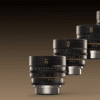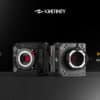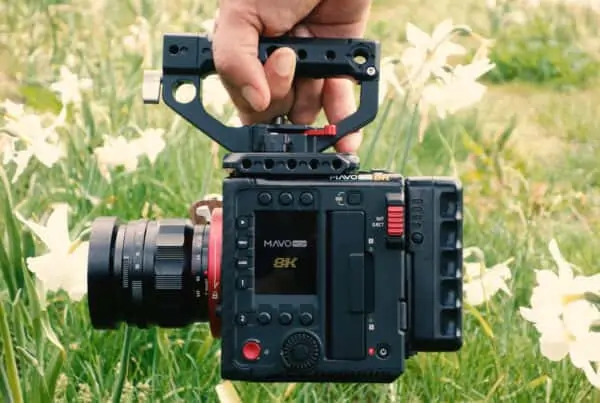In this article we explore everything you want to know about Dulens. We discuss all features of the lenses and put them to the test in our very own Dulens Lens Test.
Introduction
Since their inception, the Dulens APO Mini Primes have remained somewhat under the radar in the European market. As of 2023, Gafpa Gear is thrilled to announce that we’ve started selling and servicing these exceptional lenses in the EU. Our mission is to elevate their profile through extensive testing, showcasing footage from diverse cinematographers, and offering unparalleled lens services in Europe. We’re proud to have the entire range in stock, including the highly anticipated 21mm Dulens, available for pre-order and set to arrive in Q1 2024. Discover more in the Dulens section of our online shop here.
Attention Lens Enthusiasts: If you’re here mainly for our Dulens APO Mini Prime lens tests and prefer to skip the extensive read, simply scroll down to the bottom of the article .
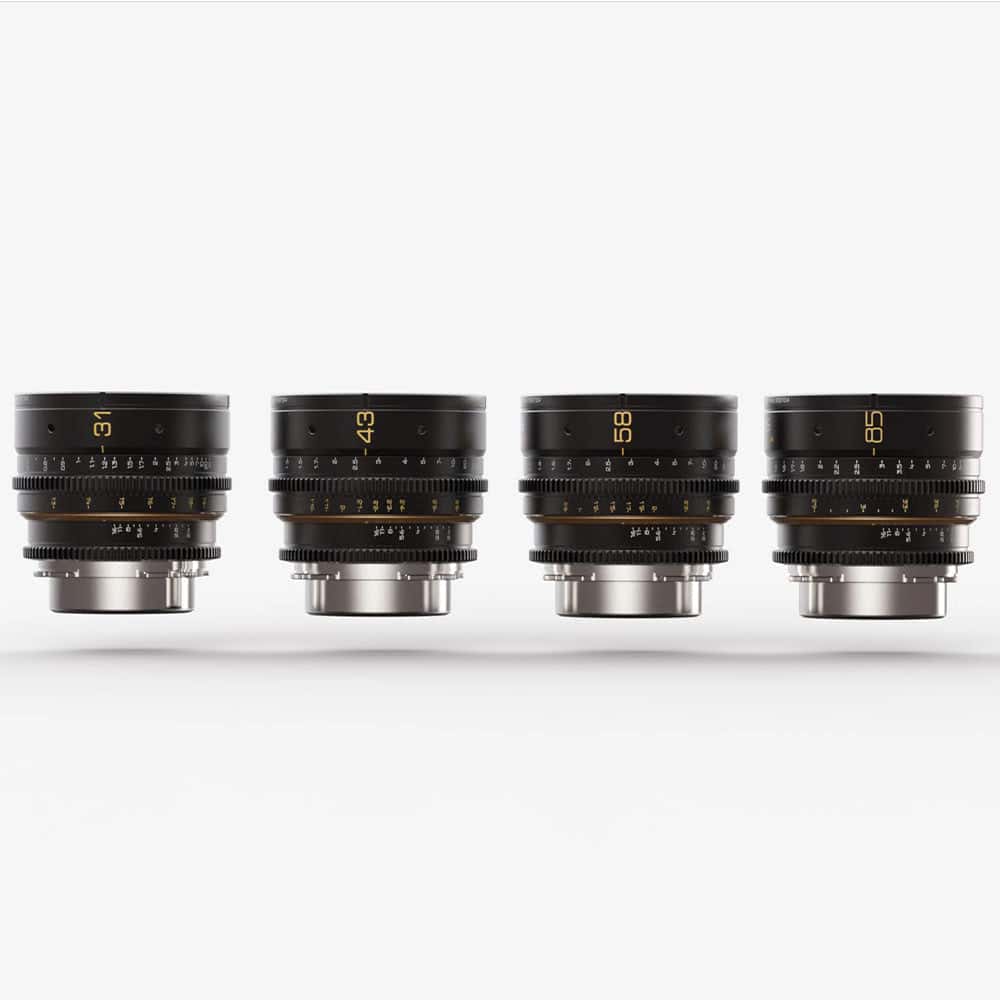
Why Aren’t Dulens Lenses More Widely Used?
It’s both a mystery and a cliché why Dulens APO Mini prime lenses aren’t yet a staple in every rental house or on every cinematographer’s shortlist. Common misconceptions may be to blame. Some might wrongly dismiss these lenses as just another set plagued by issues, unfairly lumped into the ‘vintage’ category. Others might be fixated on F-stops and T-stops, erroneously thinking that T2.4 isn’t fast enough, resulting in excessive depth of field. The smaller stature of the Dulens brand, compared to giants in the industry, might also contribute to their lower profile, along with the initial absence of a wider lens like the 21mm (now coming in Q1 2024), which limited their versatility on S35 cameras.
However, we believe these lenses are hidden gems, offering remarkable features that stand out in today’s market. Our goal is to showcase these attributes through a series of comprehensive articles.
Dulens Lenses: Excellence in Optical Performance and Design
Unlike many of today’s lens options, the entire Dulens line excels when used wide open, boasting impressive center resolution. Technically, the 85mm stands out with the best coverage, resulting in minimal corner fall-off in both resolution and illumination. All Dulens lenses feature uniform 0.8 pitch gear rings for both iris and focus, and they maintain consistent size and gear ring positions across the range.
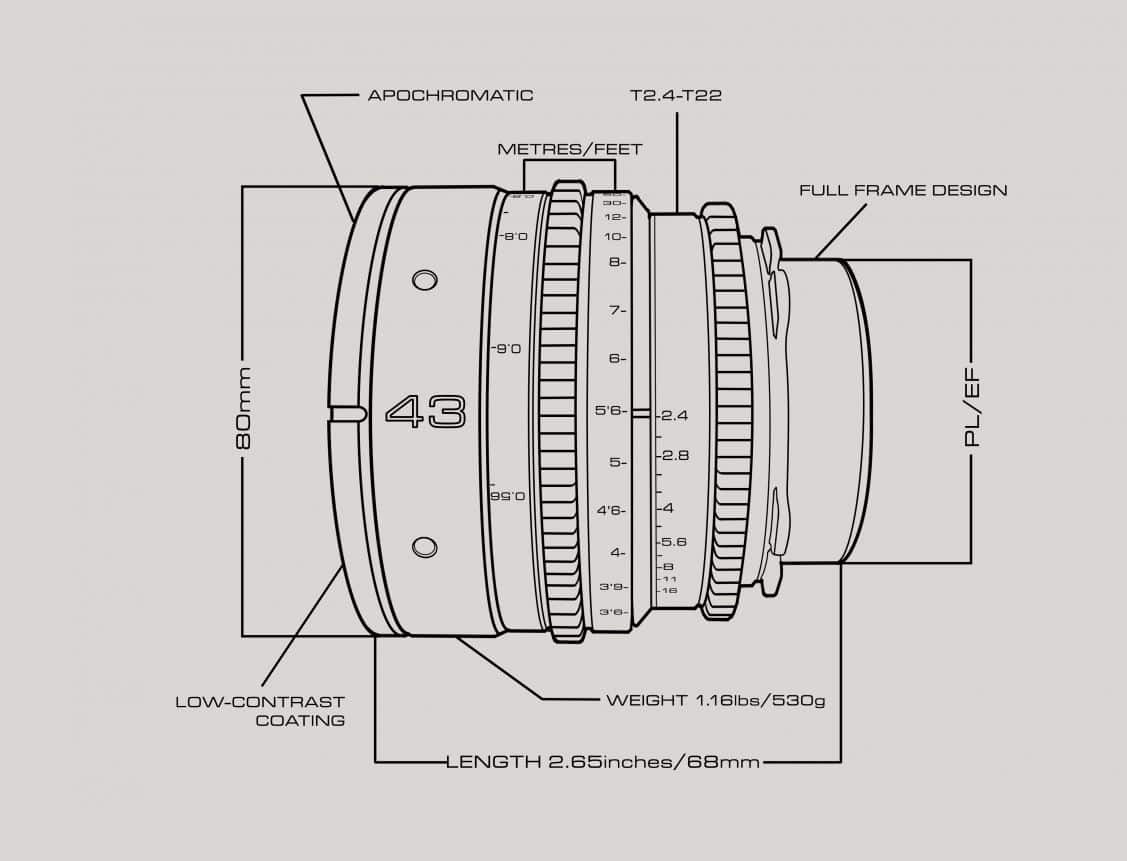
Superior Backlash Control
An often-overlooked feature in modern lenses is backlash control. Many contemporary lenses suffer from backlash, meaning that if you move the lens helicoid back and forth after hitting a focus mark, the focus may be slightly off due to play in the helicoid. The Dulens lenses exhibit exceptional backlash control, ensuring precise and reliable focusing.
Unique Optical Design: Classic Meets Cutting-Edge
What sets Dulens apart is their commitment to classic optical designs, eschewing aspherical lens elements. Aspherical elements often cause ‘onion rings’ in bokeh and diminish color fidelity. This effect is due to the CNC milled molds used for aspherical elements, which lack the resolution to avoid imprinting these lines in the bokeh. By avoiding these elements, Dulens maintains higher color fidelity and smoother bokeh.
Apochromatic Excellence
Dulens lenses are apochromatic, meaning they exhibit minimal chromatic aberrations, comparable to high-end lenses like the Zeiss Otus or Arri Signature Primes. While a complete absence of chromatic aberrations is unattainable, Dulens lenses reduce them to a bare minimum.
The Distinctive Iris Blade Design
A key feature that sets the Dulens APO Mini Prime lenses apart is their meticulously crafted iris. Each lens in this series is equipped with an 11-blade design, featuring rounded edges. This construction plays a pivotal role in how these lenses render out-of-focus areas, commonly known as bokeh
What makes this design particularly noteworthy is its ability to produce bokeh that remains close to round, even when the aperture is stopped down. This is a significant advantage for photographers and cinematographers seeking to achieve a pleasing, consistent aesthetic in their out-of-focus light sources and backgrounds, irrespective of the chosen aperture setting.
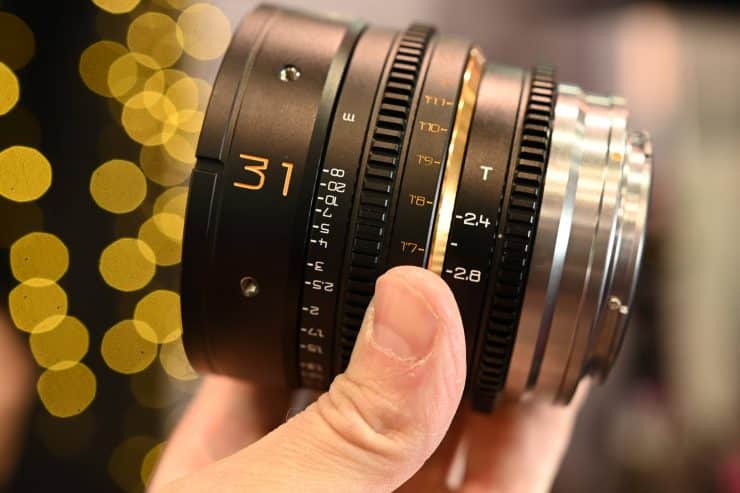
Distortion Control and Breathing
In terms of distortion, the Dulens lenses show only mild barrel distortion on the wider end, which can be aesthetically pleasing, especially for facial shots. This mild distortion can also add dynamism to compositions. Renowned lenses like the Cooke S4 or Ultra Primes also feature barrel distortion. Notably, Dulens lenses maintain consistent geometry during focusing, unlike some overrated competitors. While they do exhibit some breathing, it is moderate and less pronounced than in lenses like the Arri/Zeiss Ultra Prime.
Flare Characteristics: Creative Flexibility
Dulens lenses, particularly the 43mm, are prone to flaring when used wide open. However, stopping down to T2.8 significantly reduces flaring, often eliminating ring lights in most scenarios. This flexibility allows for creative choices: use them wide open for pronounced flares and lifted shadows, or stop down to T2.8 or T4.0 for a more controlled effect. This range is considered a benchmark in feature film standards, providing versatility for various cinematic styles.
In summary, Dulens lenses offer a compelling combination of classic optical design, excellent mechanical quality, and versatile imaging characteristics, making them a noteworthy choice for filmmakers seeking both reliability and artistic expression.
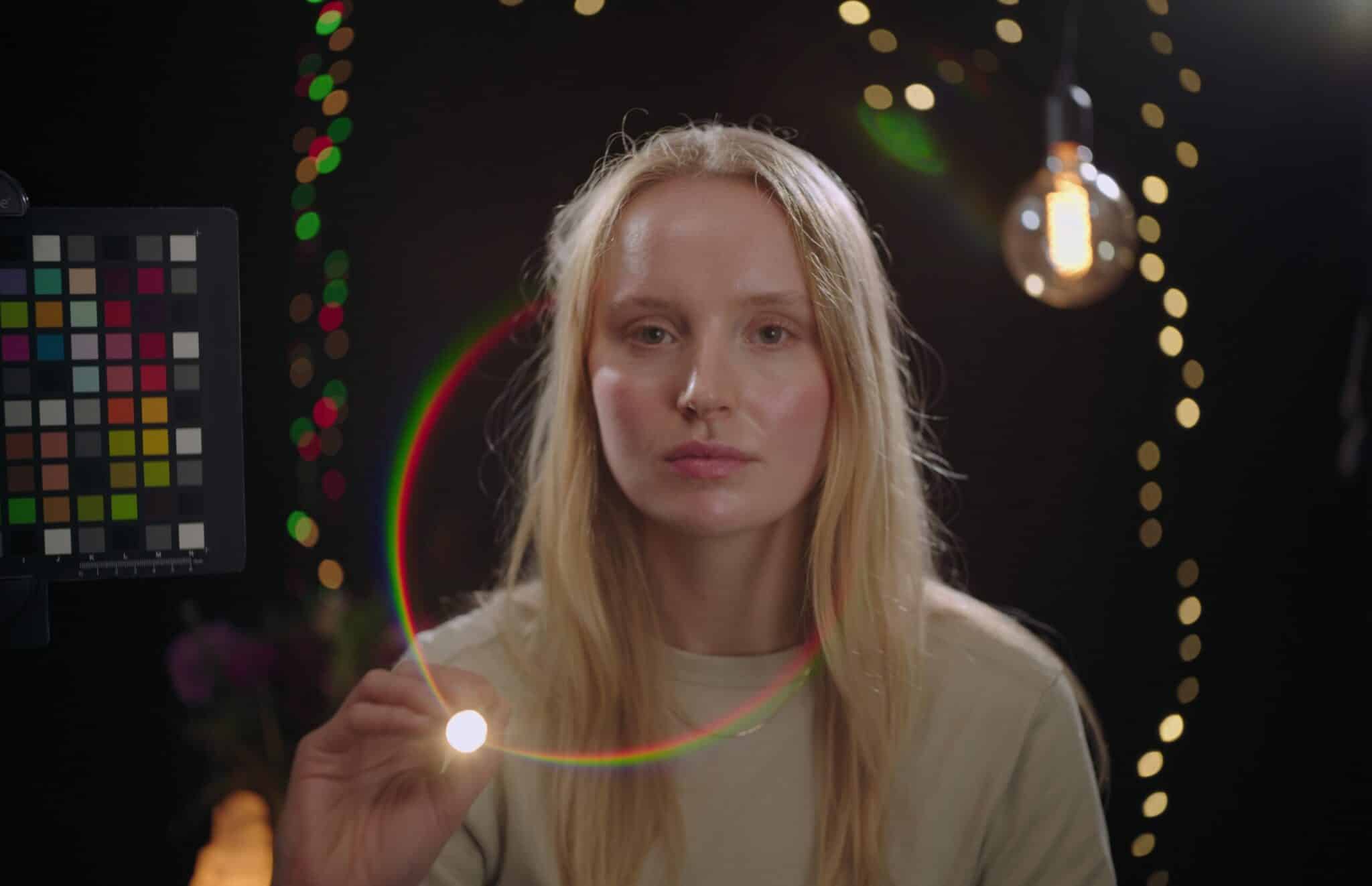
Footage
On the productpages in our shop you’ll find an array of videos from worldwide shooters. Simply click on the ‘footage’ tab.
Our expanding article aims to create an in-house database detailing the unique characteristics of Dulens lenses. We’ll add more lens tests to this database, comparing them against other popular lenses in the market. Your feedback is invaluable to refine our tests and enrich this growing resource. Contact us at [email protected].
Gafpa Gear Dulens Lens Test
For our first test, we chose a large format camera with a 36X24mm sensor. While the longer Dulens focal lengths, especially the 85mm, can cover medium format cameras, the 31mm shows slightly less coverage on a large format sensor, affecting corner resolution and illumination. Generally, longer focal lengths in a lens series offer larger sensor coverage. Despite their compact size (about 550 grams and 68mm in length), these lenses don’t compromise on quality.
The Kinefinity MAVO Edge 8K was our camera of choice, due to its high resolution and lighter optical low-pass filter (OLPF), which enhances the medium transfer function (MTF) of the lenses. We’ve also avoided cameras with internal sharpening, like some Sony models and other camera, to get a true sense of the lenses’ quality.

Testing Setup and Methodology
Our test setup included a 6500 Kelvin Ifootage light, renowned for its industry-leading colorimetry, closely mimicking a tungsten light but with higher efficiency. This light was bounced off a Lightbridge CRLS reflector, with CRLS diffusion #2 as keylight and #3 as fill light. A 6200 Kelvin Fresnel backlight added depth, while a dimmed Ifootage light with a softbox provided gentle illumination on the subject’s face. Practical lighting elements like a dimmed bulb and Christmas lights were used to showcase lens blooming and bokeh.
For each shot, a gray chart was used to ensure accurate white balance, providing a baseline for comparing color rendition and contrast across different lenses.

Including a Benchmark: The Arri/Zeiss Ultra Prime
We included the Arri/Zeiss Ultra Prime in our tests, a lens series that bridges vintage and modern aesthetics. Notable for its colder skin tone rendition and rich tonal diversity, the Ultra Prime lenses serve as an excellent benchmark. Their coverage versatility (even though they are ment for S35 all lenses from 28mm and up can cover large format cameras) also allows for creative choices between clean images on S35 sensors and distinctive fall-off on larger sensors.
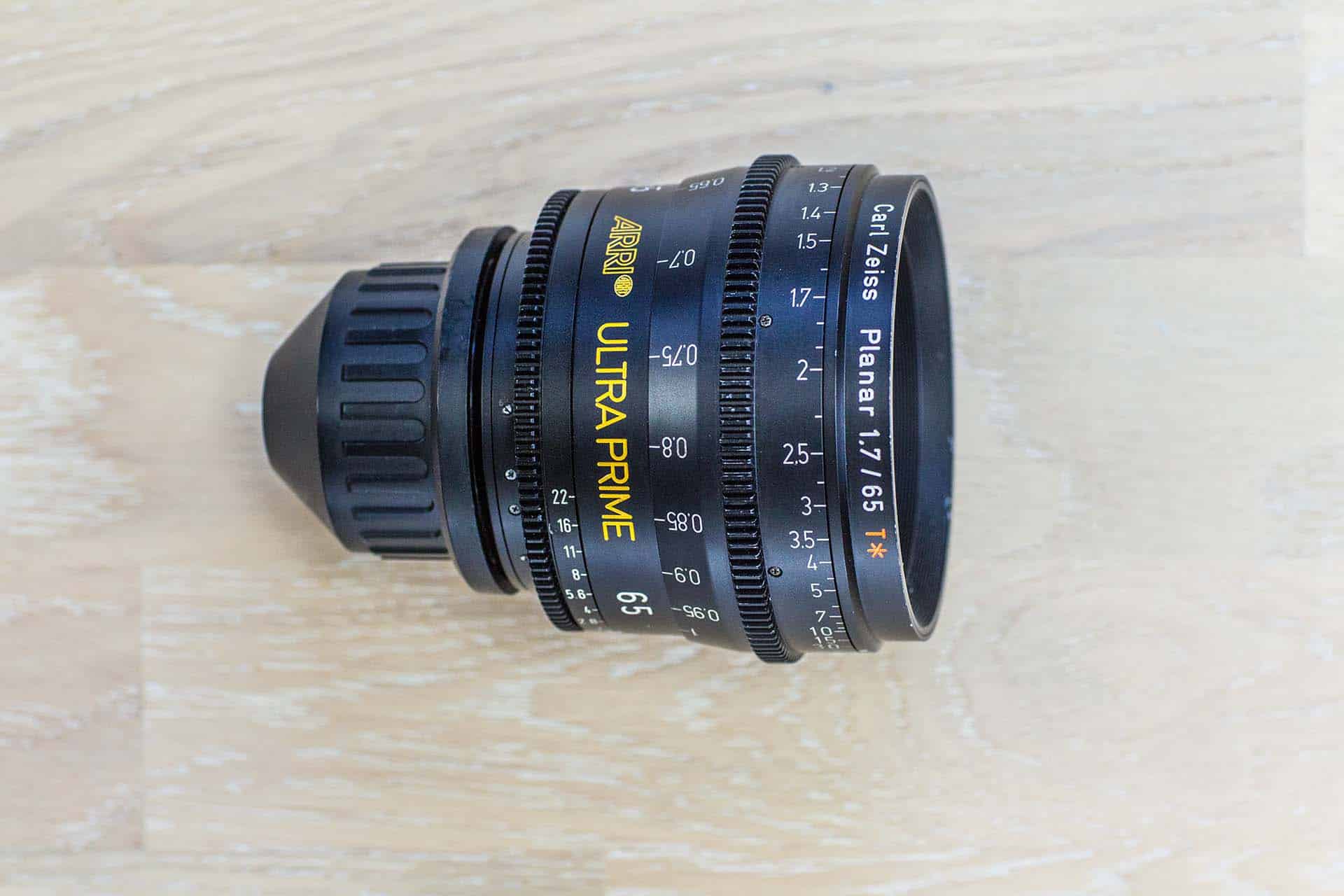
Our Testing Process: Coverage, Resolution, and Flare
Our first test focused on maintaining the same distance for all lenses to observe changes in the angle of view. The second test aimed to match the subject’s face size across different lenses, highlighting perspective shifts and flare characteristics. In these tests, we carefully controlled flare and reflections to accurately assess each lens.
As you can see we have included resolution charts for each lenses, and our aim is to do porthole tests in the future to showcase coverage and vignetting in a precise way. We will also add Chromatic aberration tests and a lot more extensive test include other lens offerings as well like the overrated Nisi Athena lenses, Dzo Vespids and Meike lenses, and higher end lenses like Cooke s7 and Arri signature primes. So stay tuned and watch our first tests down below! If you have any questions or remarks you can send us an email through [email protected].
Gafpa Gear Dulens APO Mini Prime Set | TEST 1
In this first test, we maintained a consistent distance between the camera and the subject. The variation in framing that you’ll observe is solely attributed to the change in focal length. This test showcases an array of Dulens APO Mini Prime lenses, specifically the 31mm, 43mm, 58mm, and 85mm models. Additionally, we’ve included a comparison with the Arri/Zeiss Ultra Prime 65mm lens to provide a broader perspective.
Dulens APO Mini Prime | TEST 2
In the second test, we repositioned the camera to achieve approximately the same framing of the subject. This adjustment leads to a noticeable change in perspective.
Please note: It’s important to understand that a lens itself does not alter perspective. Perspective changes are primarily a result of the relative distance between the camera and the subject. However, each lens contributes uniquely in terms of geometry, depth of field, contrast, and subject separation through its specific rendering characteristics. Therefore, it’s intriguing to conduct close-up tests with each lens to observe and compare their distinct effects.


